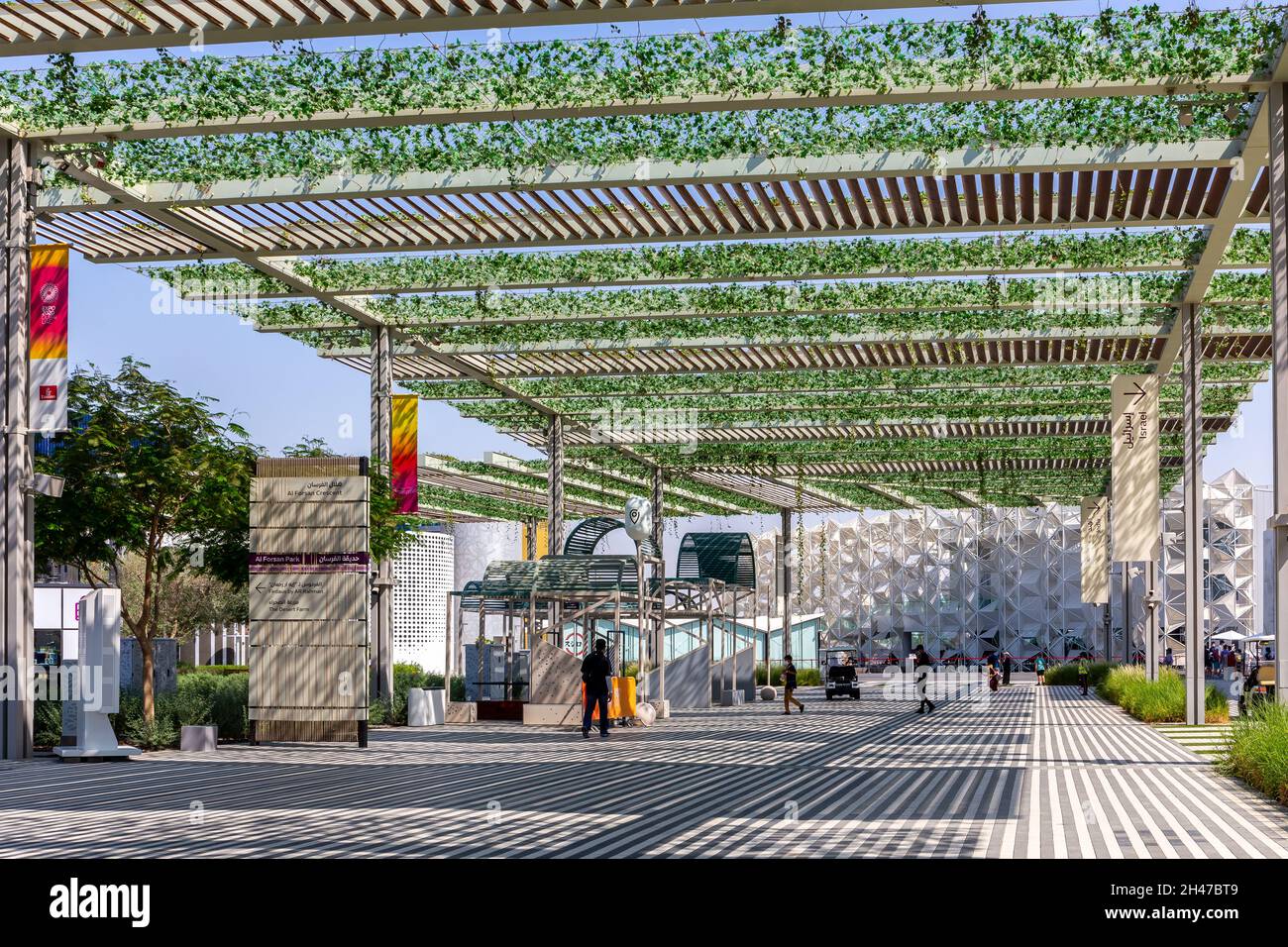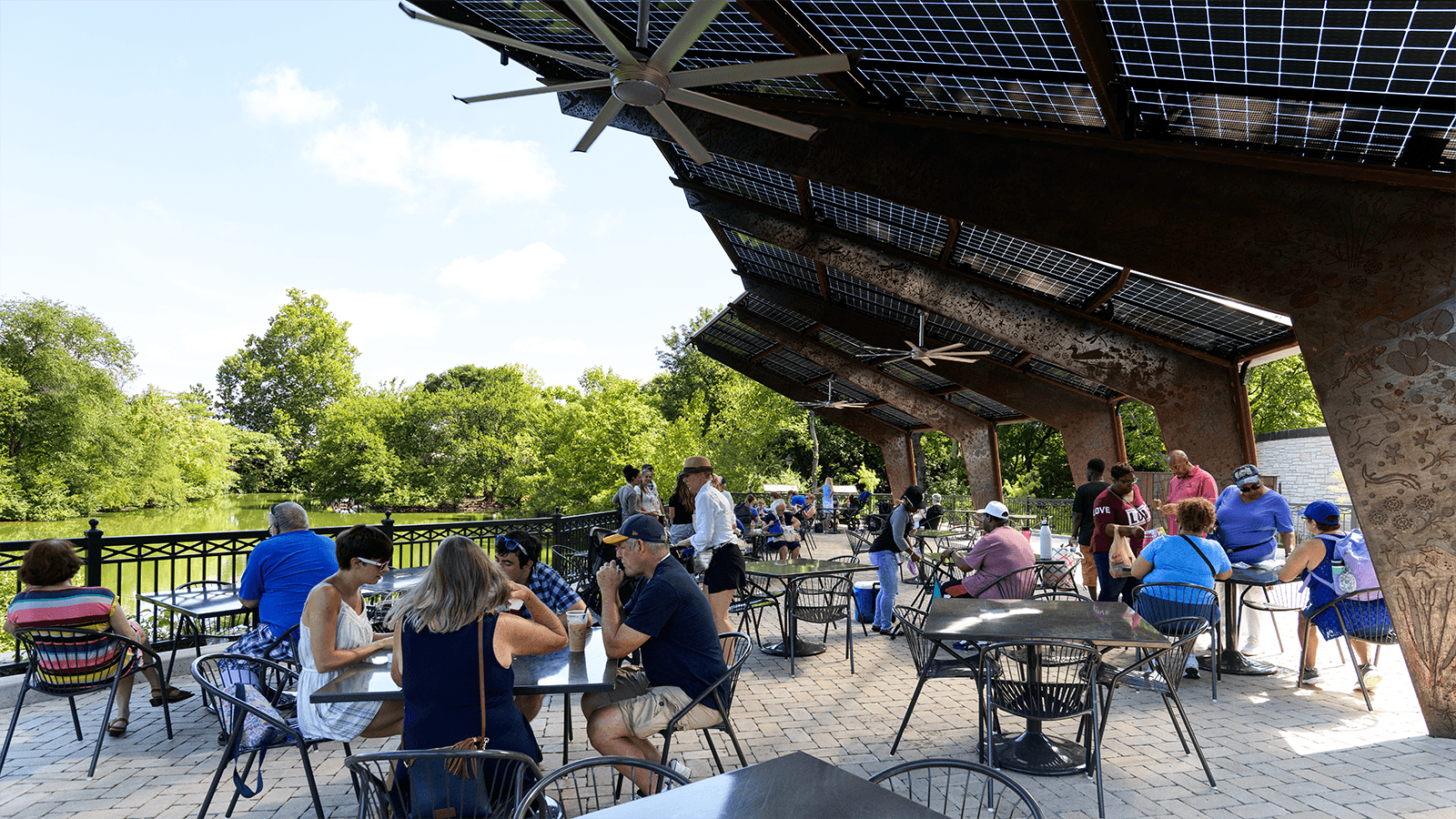car free community
cover photo shows both a car and parking lot
I'm just being pedantic but this just shows how ingrained cars are in modern society that even "car-free" communities need them
Discussion of climate, how it is changing, activism around that, the politics, and the energy systems change we need in order to stabilize things.
As a starting point, the burning of fossil fuels, and to a lesser extent deforestation and release of methane are responsible for the warming in recent decades:

How much each change to the atmosphere has warmed the world:

Recommended actions to cut greenhouse gas emissions in the near future:

Anti-science, inactivism, and unsupported conspiracy theories are not ok here.
car free community
cover photo shows both a car and parking lot
I'm just being pedantic but this just shows how ingrained cars are in modern society that even "car-free" communities need them
Also Disney is not designed for public use. It’s built to extract as much money out of you without leaving their property.
And yet people enjoy it.
Maybe we should build our city centers the same way then.
Probably more accurate to say it's a car optional community? Or walkable community? Or even arcology?
tree free too apparently
Yeah, I agree with you. Being 100% without a car is hard in most cases.
And the answer I see is trains. For the amount of money that does into the car industry (+ multi lane roads, administration, maintenance, etc) we could have super fancy, comfy, fast, frequent, and cheap/free trains.
And people would have more mobility too, at a fraction of the cost and environmental damage.
Robust public transit is the obvious answer to ridding ourselves of the car menace. Now, I need a few hundred billion dollars to "lobby" this into existence.
Trains for long distance + trolleys and subways for local travel. There will invariably be people whose transportation needs require a private vehicle but this combo alone would clear up the majority of cars on the road in my opinion.
Yes, exactly this.
I would love all city roads to look like this (but non-monoculture, have some flowers):





Even in countries with pretty good public transit like the UK and Germany, a large majority of families have a private vehicle. If we had better trains and subways in the US, I don't think too many people would sell their cars, but only use them once or twice a week, rather than once or twice a day.
That's a huge win in my book.
UK and Germany don't have good public transport, maybe except for individual cities. Switzerland on the other hand has good and frequent public transport nationwide.
As an American who has experienced Deutsche Bahn, National Rail, and Amtrak, I'll stand by Germany and the UK having pretty good inter-city rail compared to us. Lübeck and Bath are the cities there I've been with the worst public transit, and they would be well above average in the US.
I haven't been to Switzerland yet, but it's not shocking to hear the public transit there is all-around better.
The trains in Japans greater Tokyo area were amazing when I went to visit. 99 percent of the time they took like 3 or 4 minites more than taking a car and I didn't need tk worry about parking or driving.
If it's the place I think it is then it's also located directly off the highway without really any nearby restaurants.
not gonna catch on as long as its sold with a price premium instead of a discount for what they save on not building and maintaining car infrastructure.
The rents are extremely reasonable for the area. Here's a video where some residents discuss their rents: https://youtu.be/hf0L3blkNA4
Ohh yeah the popular and highly desirable thing that people are willing to pay a premium for won't catch on!
Why is the architecture and placement so bad tho? And narrow. Seems like a poor southern Italian village, but uglier. Or like a dark futuristic movie set.
Open walkable spaces can be pretty, does wonders for (populations) mental health.
The answer is to create shade. At those angles, you can find shade at any given time.
This is in frigging Phoenix Arizona. Nothing is walkable in 120 degrees.
Phoenix has a couple of these self contained communities already. The parking lot could be for people outside the community to come and visit the shops.
That's like 48°C, pretty hot! I don't think I could walk around in that. I take back some of my criticism.
Surely they need trees and covered areas though, not just boxy houses jammed in together like crooked teeth.
This part is my speculation, but the tightness, aside from shade, might be to give the illusion of small community solitude from the inside. Tempe is a very built -out city. More open, and you'll be looking at all the typical American sprawl bullshit and probably a freeway or two
@BossDj interesting hypothesis. I've never been to that part of the world, but your theory makes sense.
Shade is good - been in the south for 8ish years for work - It gets toasty down here.
A combination of artificial shade and greenery can have multiple benifits. (where applicable obviously - not all regions can support it nor should they try)
Shade can be functional too. There's been some interesting research into panels/pigments that radiate infared light at the wavelength that can escape our atmosphere producing a cooler than ambient surface that could have a variety of uses. A ton of recent advances in solar technology as well.
I watched a YouTube video on it and they mentioned they designed the structure to maximize shade.
This combined with the white buildings knocked more than 20° off of the ambient temps within the neighborhood.
Edit:
The video.
Kirsten Dirksen tours a lot of homes / areas that focus on sustainability or break the mold.
Yeah, I don't understand, were trees or solar panels not available? Not to mention that maximizing shade could be achieved with a simple pattern and taller buildings or rooftop gardens/panels. Even a simple mesh tarp (mimicking leaves) over the allies does the same trick without claustrophobia :). At such latitude shading from the top is way more effective than from the sides.
And what walkable city/neighborhood doesn't have a piazza for people to gather & eat, drink, shop, etc?
Dense structure placement like that def looks like developers maximizing buildings per land, not for the community.

A shade structure in Phoenix’s Civic Space Park
:format(webp):no_upscale()/cdn.vox-cdn.com/uploads/chorus_asset/file/7757949/stringio.jpg)


I do agree with you this would be a very sensible and effective solution. I also was disappointed that seemingly no thought was put into integration of solar / shade plants.
However I do want to stress the importance of having access to a broad view of the horizon and sky.
That said they totally could have made little pockets with this lattice and 10x'd the environment on the passageways and generate power/food.
Have you watched the video and has it changed your mind? I'm curious if it's just the article only giving that shitty overview photo. I only watched the video and thought it was quite nice for high density urbanism. An alternative to suburbia modeled after classic European cities.
Besides shade, narrow streets might also reduce amount of walking distance. So if you make it bigger you end up with less functionality.
I'm sure if they replicate the concept it could look quite different in other climates.
Yeah, seeing the main streets (like on the map) is what redeemed it a lot, however I do not understand buildings that narrow together, like from the personal space POV. A meter/few feet wider allies (or distances between front doors) would make a lot of difference.
Also I do live in a classic European (fairly) walkable city. Not that I'm comparing directly, it's a different situation. But over here narrow allies or window views of only your neighbour are usually found in old villages, where money was tight & a lot of expansion was done over existing buildings. Or where other barriers exist (historic city walls, narrow peninsula, rivers, etc).
I'm not even saying I wouldn't live in Tempa, it just seems like a really cheaply executed concept (albeit "classical", yet new, but you are not getting old buildings).
I don't suppose you have a link to said video? I'd be curious to see it in more detail.
Sure thing! Updating parent comment.
@Evil_Shrubbery this, why is it so full of dark and creepy spaces?
... or maybe it's a pic after a devastating (muddy) flood that squeezed all the houses randomly together.
Oh that's gonna be premium in a year or two. Welcome to your 'block.'. You get sunshine indirectly between the hours of 11 and 1. Curfew is at 10. Be back in your cube by then.
We have the capacity to build green open neighborhoods using existing block structures and infrastructure... we just chose not to because it's prime real estate. Roads and repairs are expensive... but if we replace it with more homes it's better revenue generation.
I'd love to see a proper balance struck but for an idea to take root the seed must be blessed by capitalism. For it to grow it must, above all, be profitable. For adoption it must be accepted by the elite.
I cannot go into details but - I've seen some outstanding ideas of how to convert a city block by block and they do give me hope... but listening to discussions and debates on it is soul rending.
I'd genuinely love to see it in my lifetime- And in a form that strikes a balance that is both sustainable and actually an improvement in living conditions.
Ok but Phoenix is shit. Just a terrible “city” even for US standards. Why would anyone wanting to live car free live in Phoenix?
I spent two weeks in a cheap OrangeTree Resort booking and got groceries, took a tour of ASU, and went to a bunch of restaurants using only a week-long bus pass which also covers metro. It was way nicer than living in buttfuck nowhere Dakota where I have to drive 30 minutes to pick up groceries. I plan to move to the area at some point.
Scottsdale was annoyingly a big block of houses, downtown Pheonix near the airport had tons of litter and the occasional homeless person, never went further towards Mesa, but overall everything was an improvement from where I had come from.
I'd argue cars are more necessary in Phoenix than most places. It is way too hot to walk more than a couple of blocks, so unless you can build dense enough to justify a public transit stop on every other corner...yikes.
That first picture is depressing
The city is maybe car-free but certainly not asphalt-free